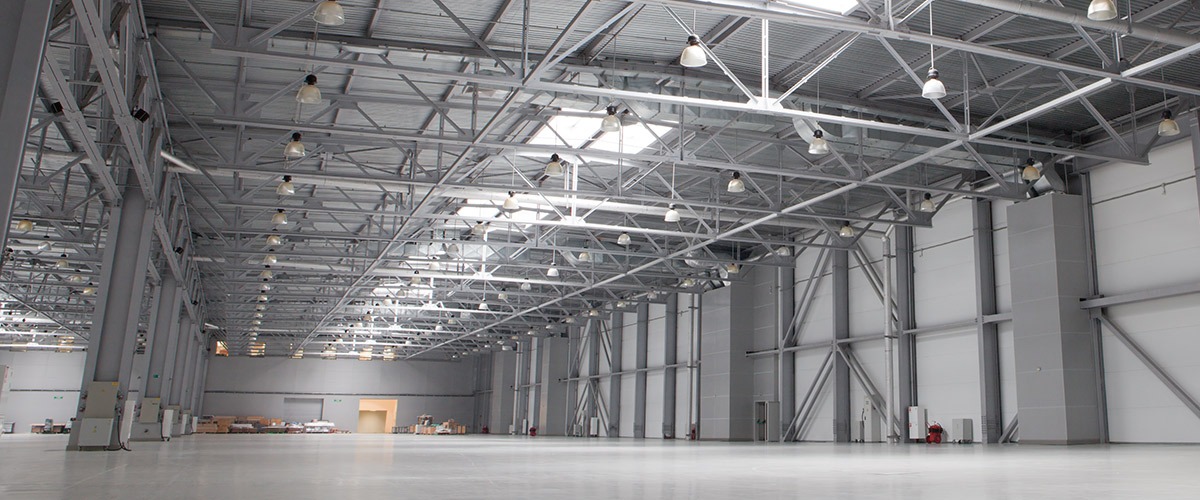Two CRE Signals To Watch This Year
With uncertainty and market readjustments being some clear watchwords for 2023, knowing how and where to pivot becomes both necessary and challenging.
A recent Hines report noted that investors, owners, and operators can’t completely rely on what happened in the past because every cycle has its own quirks.
“Recognizing what is different and what may at least rhyme with previous cycles can provide insight into how to navigate what is both challenging, as it relates to existing holdings, and opportunistic, as it relates to the potential to deploy capital in a more sober and attractive pricing environment,” the firm wrote. “All parts of the cycle require a bit of both defense and offense.”
Two factors at work are upward pricing pressure of financing (if it’s available at all) and the “shortage of broader seller capitulation thus far,” which GlobeSt.com has also described as a lack of current price discovery. Defensively preserving capital and looking for opportunities will vary by global geography.
In the US, “commodity Class A office appears fairly illiquid at the close of the year, but bidding pools remain healthy in the industrial and multifamily markets, albeit thinner than at the start of 2022.”
There are two broad signals that Hines suggest watching. First is changes in transaction volume.
“With a longer time series of transaction volume in the U.S. spanning multiple cycles, we can observe the historical relationship between volume and price growth,” they wrote. “Unfortunately, the relationship is concurrent rather than predictive but the stabilization of transaction volume and subsequent increase during past cycles has been a good sign that prices found a bottom and should begin to rise if volume continues to rebound.”
Which makes sense. Given what GlobeSt.com has heard from multiple sources, with a lot of capital waiting on the sidelines ready for deployment, there’s already anticipation that transaction volumes could start changing soon. But that will likely vary significantly by region, just as markets do. Rather than settling for an eye on national transaction volumes, a focus on regional ones is more likely to give an indication whether specific markets are likely to offer an opportunity.
The second signal: rising availability of traditional debt.
“In the third quarter, the Federal Reserve’s Loan Officer Survey (from which 2022 data is derived) showed that 50% of survey respondents reported tighter underwriting standards for commercial real estate loans, comprised of 57.6% for construction and land development loans, 52.9% for non-farm, non-residential loans, and 39.7% for multifamily properties,” they wrote. “All three categories recorded a significant increase from a year ago when banks reported they were loosening their standards in the second half of 2021.”
Source: GlobeSt





